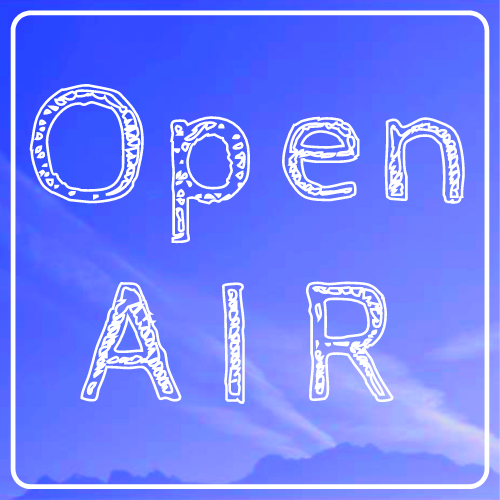Conversation with Maggy Hiltner
What interests you in collaborative work?
This experience is new to me. I was interested in trying it due to Covid-19, I couldn't travel to meet new and interesting people, so this process connected us virtually. I wanted a new challenge and a way to connect with other artists.
How would you describe your process of collaboration?
We are a totally improvisational additive process—“yes, and…”. Each member of our three-person group created one 24 x 36” panel in the material of their choice and then mailed it to the next person. We will each get to work on all the pieces, so one of us is featured on a layer of the 3 works: top, middle, foundation. A narrative is emerging with each addition. At the end of the rotations, we will take the work further by assessing the finished panels and writing about them in the effort of making an artist book.
Perennial, 57 x 57" linen, found embroidery, found quilt (Grandmother's Flower Garden)
How would you describe your work?
My work is usually hand-stitched, and I use pieces from found embroidered household linens as collage materials. I utilize the folk art traditions of attention to materials and decorative beauty as well as contemporary art practices of social commentary and narrative. I have created and exhibited large-scale work as well as small intimate pieces. My work employs metaphor, story-within-a-story and innuendo. Nature-based settings and lush florals with odd fauna, often serve as characters or essential elements in the story. I try to push on the boundaries of things: abundance becomes excess, sweet becomes saccharine.
When did you first begin working with this medium?
I have been stitching my work since 1998. I started working with quilts in 2014. My degree is in sculpture, and I occasionally work 3-dimensionally, usually with stitched elements as well. Working with found materials definitely comes from a place of collecting, I am in love with my materials.
Any new projects in the works?
I will be taking the next 10 months to create a large-scale piece for the Holter Museum of Art’s exhibition Extraction: Art on the Edge of the Abyss. My piece is close to 100 square feet of embroidery that addresses the issue of Superfund sites.
Anthracite Odalisque, 35 x 64” found cotton quilt (Irish Double Chain), found and hand-stitched embroidery, linen 2016
BIO: Maggy Rozycki Hiltner is a full-time studio artist and activist who moved to Red Lodge, Montana with her family in 2005 to establish the Red Lodge Clay Center. She grew up in Pennsylvania and comes from a family of makers: her mother and grandmothers needlepointed pillows and made quilts and stitched or knitted their clothes and toys; her father built odd things and cooked outrageous meals and painted murals in their home.
She earned a BFA in Sculpture with a concentration in Fibers from Syracuse University and was a Studio Assistant at Arrowmont School of Arts and Crafts. For over 20 years now, she has been collaging found embroidery and quilts with her hand-stitched imagery, giving these abandoned textiles new meaning and relevance. Her work has been published and exhibited in museums and galleries nationally and internationally.
She was a 2015 recipient of the Montana Arts Council Artist’s Innovation Award, Rozycki Hiltner searches antique shops, thrift stores and yard sales for embroidered linens, collecting the brightly colored flowers, foliage, and animals that appear in her work. What she cannot find she hand-stitches and mixes in with the collected embroidery. She uses the familiarity of the stitch along with seemingly lighthearted and cheerful designs to convey more serious subject matter. She often uses humor to tell her stories, and very rarely is everything quite what it seems.



